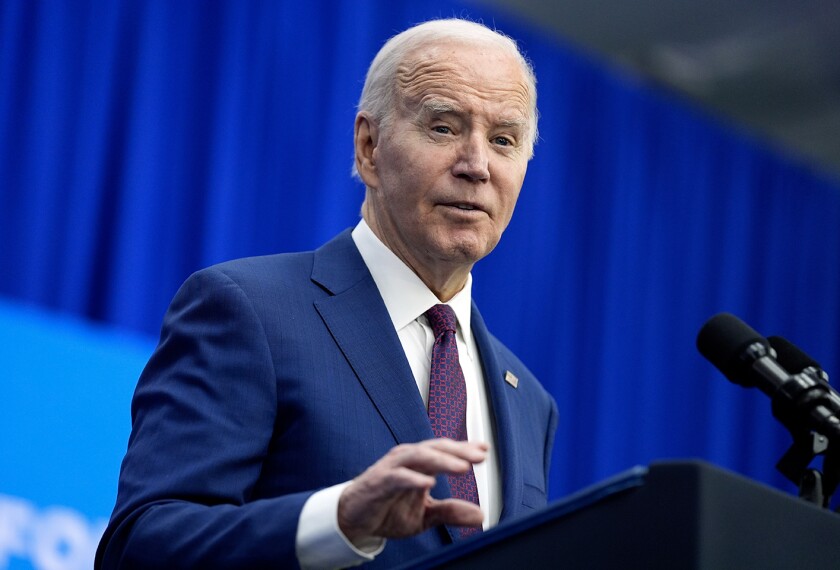To the Editor:
Michael A. Rebell and Bruce D. Baker’s online Commentary “Assessing ‘Success’ in School Finance Litigations” (July 8, 2009) grasps at straws to justify unsuccessful court interventions of the past.
Our book, Schoolhouses, Courthouses, and Statehouses: Solving the Funding-Achievement Puzzle in America’s Public Schools, shows imperceptible differences in student-performance trends in states with large court-ordered funding increases to achieve “adequacy” (Kentucky, New Jersey, and Wyoming) compared to the nation as a whole over the 1992-2007 period. Only when there were also substantial policy changes beyond funding (Massachusetts) were there significant gains.
Using different time periods for their analysis, Messrs. Rebell and Baker dispute our findings. Their principal point is that, using available test scores from the National Assessment of Educational Progress and a starting date of 1996 (math) or 1998 (reading), 12 of 13 test-score increases for all students and nine of 13 increases for economically disadvantaged students in Kentucky, Massachusetts, New Jersey, and Wyoming were higher than the increases nationally.
Using data on the NAEP Web site for their selected time periods, however, we find that only 10 of 13 increases for all students and eight of 13 increases for free-lunch students actually beat the national average. In other words, slightly more than half the observations for economically disadvantaged kids are favorable, a result close to chance.
But this is only part of the story. Messrs. Rebell and Baker fail to mention that these “favorable” results are dominated by Massachusetts, confirming one of the important conclusions made in our book about the need for basic reforms. They also ignore the fact that just three of eight available comparisons for black students are favorable.
Perhaps most important, the court remedies in Kentucky, New Jersey, and Wyoming resulted in average gains for all students relative to the nation of less than 0.05 standard deviations, a rather minor improvement given the billions of dollars spent. To put this in context, an increase of this size would move somebody at the middle of the national distribution from the 50th to the 52nd percentile. When the test scores of the principal targets of court remedies—poor and minority students—are considered, even these small effects disappear.
In short, as amplified in our book, court-mandated funding has induced dramatic spending increases in a number of states with little to show in the way of improved student outcomes. Only when the remedies include fundamental reform, such as occurred in Massachusetts, do we see signs of success.
Eric A. Hanushek
Senior Fellow
Hoover Institution
Stanford University
Stanford, Calif.
Alfred A. Lindseth
Of Counsel
Sutherland Asbill & Brennan LLP
Atlanta, Ga.




